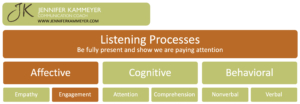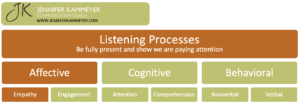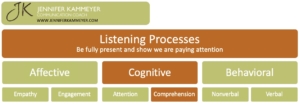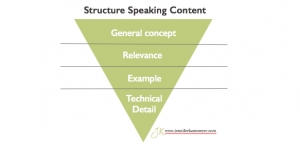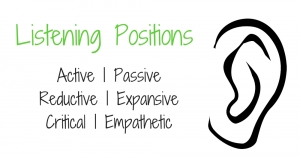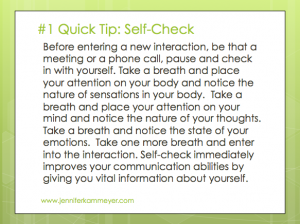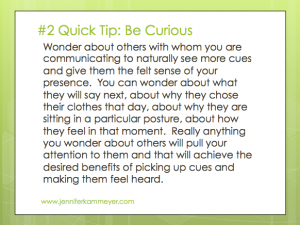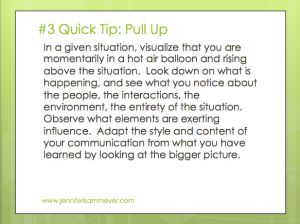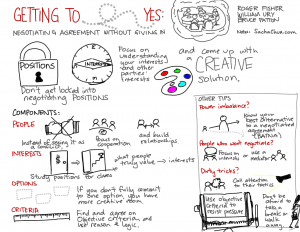Mind Before Mouth
Everything that comes out of our mouth begins in our mind. Thoughts stream through our consciousness like a stock ticker — constant, shifting, and often unnoticed. The good news is, we can shape this mental flow to improve communication. By setting intentions and filtering thoughts, we gain influence over what leaves our lips.
Setting intentions gives our mind direction. It’s like turning on a lighthouse — a steady beam guiding our thinking through the fog of distractions and habits. The direction does not dictate every word we will say, but it orients us toward how we want to show up in conversation. Intentions are powerful because, without them, we tend to run on autopilot. Our past experiences, biases, and emotions silently calculate our reactions, often before we even realize it. Setting intent brings awareness to that process and helps us choose communication that aligns with our values.
Being thoughtful about our purpose helps us with professional, respectful, and effective communication. Here are a few intentions to consider:
- I listen with full attention to whomever is speaking
- I take others’ opinions and feelings into consideration.
- I communicate assertively, honoring both my needs and others’ needs with respect.
Filtering thoughts is about discernment. Once a thought arises, the filter helps us decide what is worth expressing and what is better left unsaid. We have all met people who don’t filter their thoughts — they speak every idea as it crosses their mind. The result can be overwhelming, leaving the listener to sort through the noise and find meaning. On the other end of the spectrum are those whose filters are too tight — saying little, while their nonverbal cues reveal there is much more going on beneath the surface. Both extremes can make communication challenging.
To help ensure we are communicating as we planned, we can apply filters like these before speaking:
- Is what I’m saying harmful or helpful to others?
- Does this idea positively contribute to the situation?
- What might be an unintended consequence of expressing this thought?
At first, setting intentions and filtering thoughts requires conscious effort. But, with practice, it becomes second nature. Over time, we will notice that conversations flow more smoothly, and others will see us as professional and considerate communicators — someone who truly thinks before speaking.





